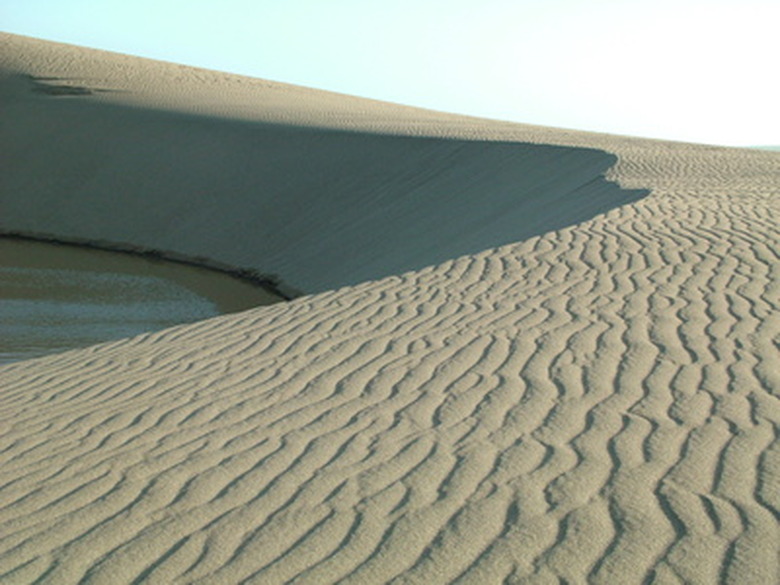Heat Retention Science Projects
Heat retention refers to the amount of heat an object or material can store overtime. If you have ever been to the beach during sunset, you have likely experienced heat retention in action. While the sand can burn your feet during a hot summer's day, once the sun goes down it rapidly becomes cooler. In comparison, the ocean remains warm long after the sun disappears. This is because sand is a poor retainer of heat, while water is a better one. There are several heat retention science projects that can help you explore this phenomenon further.
The Heat Retention of Saltwater vs. Freshwater
The Heat Retention of Saltwater vs. Freshwater
The objective of this project is to determine which type of water—saltwater or freshwater—is the best at retaining heat. According to Free Science Fair Projects, start by filling both containers with two cups of water, and then mix four tablespoons of salt into one of them (make sure to label your containers so you know which is which). Heat up one container on the stove (or Bunsen burner) until it begins to boil, and then remove it from the heat. Take readings regularly with a thermometer for the next hour (or more), record your results and repeat the process with your other container. Compare the temperatures from your freshwater and saltwater samples to determine which maintained the highest levels of heat, and for how long.
Test the Heat Retention of Different Insulators
Test the Heat Retention of Different Insulators
For this project you will need two wooden boxes (one that can fit inside of the other), a beaker of water, a drill, a thermometer and several different test materials, such as paper, cloth, straw and sand. Start by drilling a small hole through the tops of both boxes, just wide enough so you can slide in the thermometer. According to The Selah School District, you should then surround the outside of the small box (which is resting inside the bigger one) with one of the materials and boil 500 milliliters of water in the glass beaker. Place the beaker within both boxes, cover them and place the unit in the refrigerator. Make sure to align the beaker with the holes in the box lids, so you can stick the thermometer into the water during each measurement. Take readings with the thermometer every hour for the next eight hours. Then, repeat the process with your other test materials. Compare the results.
Density and Heat Retention
Density and Heat Retention
The objective of this project is to determine what effect—if any—density has on the heat retention of liquids. According to the California State Science Fair, start by heating up containers of liquids of varying densities by holding them in boiling water for two minutes. For example, you can use syrup as your dense liquid and water as your low-density liquid. For the next five minutes, use a thermometer to test each sample every thirty seconds. Determine which stayed the hottest for the longest and analyze what this says about density's impact on heat retention.
Cite This Article
MLA
Devaney, Erik. "Heat Retention Science Projects" sciencing.com, https://www.sciencing.com/heat-retention-science-projects-6526365/. 24 April 2017.
APA
Devaney, Erik. (2017, April 24). Heat Retention Science Projects. sciencing.com. Retrieved from https://www.sciencing.com/heat-retention-science-projects-6526365/
Chicago
Devaney, Erik. Heat Retention Science Projects last modified August 30, 2022. https://www.sciencing.com/heat-retention-science-projects-6526365/
